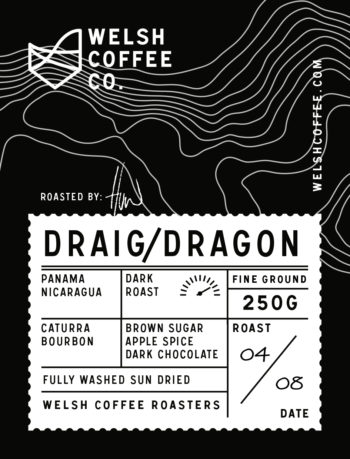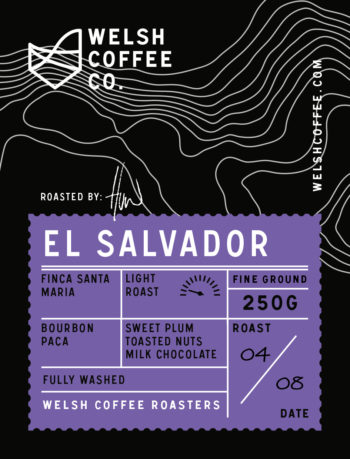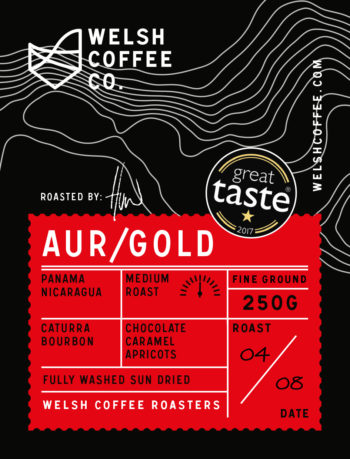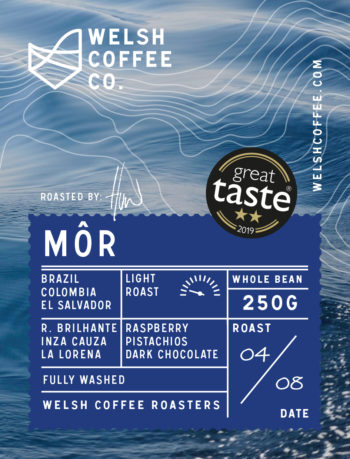Award winning beans
We are small-batch profile roasters. We tailor each roast to release the best flavours – fruity, floral or caramel and chocolate – from every sack of beans. Coffee may be one of the world’s biggest commodity crops but it is anything but a commodity to us. We use only the best coffee beans which are grown on small hillside farms from across the tropics.
We source seasonally, accessing the new harvest beans, as they become available in different countries across the year. We use different varieties of Arabica coffee beans – such as Bourbon, Cattaui, Cattura and Typica – each with their own tasting notes. But that’s just a springboard to much greater flavour diversity. The taste of a coffee varies remarkably depending on where it is grown and how the beans are prepared and then roasted.

 Growing Conditions
Growing Conditions
A mix of local environmental factors impact flavour. The effects of altitude, soil chemistry, general climate and specific weather conditions during the growing season, all interact. At the Welsh Coffee Company we source from higher altitudes for the best coffee beans. Cooler night-time temperatures, represent a more challenging environment for the coffee plant. So higher-grown plants invest more nutrients in their beans. This imparts more pronounced flavours to the coffee.
 Processing
Processing
A coffee bean is actually a fruit seed, which grows at the centre of a ‘coffee cherry.’ To produce the best coffee beans, the coffee cherries must be harvested when they are deep red in colour and perfectly ripe. For the quality coffee that we specialise in, this requires careful hand-picking. Each tree is revisited several times during the harvest season to pick cherries at their ripest.
Next, the fleshy outer part of the cherry is removed. Different ways to access the bean have developed in different places. Each contributes to the flavour profile of the final coffee.
Carefully managed, this imparts a smooth, complex, full-body flavour to the final coffee
The natural process (also known as dry or unwashed) sees the whole coffee cherries sun-dried on patios or raised beds. The cherries must be raked regularly throughout the day to ensure even drying. It can take up to 4 weeks until the coffee is dry enough to store safely without risk of spoiling.
Coffee beans taste clean, bright and fruity
In washed coffee (also known as wet-processed) the outer parts of the coffee cherry are removed before the beans are put out to dry. The cherries are usually pulped first to take off outer layers. The next layer around the bean is full of sugars. It is sticky and more difficult to remove. One method relies on natural fermentation to digest these sugars. Alternatively the beans can be mechanically scrubbed in water. They are then washed thoroughly so that only a thin protective parchment layer remains around the beans as they dry.
Honey process coffee bridges the gap between washed and natural coffees, delivering enhanced body and sweetness of natural coffees together with a round acidity.
In honey process coffee (also known as pulped natural, or semi-dry) the beans as they are taken to the patios and beds for drying before secondary washing and some of the sugar-rich layer is left on the beans as they dry.
.
Roasting
At the Welsh Coffee Company, we source some of the best coffee beans from across the globe. It takes many steps to get coffee from a fruit grown on a tropical shrub to the final cup on your table. To roast awe-inspiring coffee, we rely on the quality delivered at every step the coffee takes on route towards our roastery.

Roasting finally realises the flavour potential of these carefully grown and processed, top grade roasting coffee beans. When we receive them the coffee beans are green and hard with a slight grassy smell and little or no taste. We select a roast profile to match and complement the distinct character of the beans.
 During the roasting process, the heat in our roaster raises steadily until the beans reach critical temperature. At this moment – pyrolysis – aromatic oils at the heart of the bean are released. The very end of the roast needs careful handling. Reactions inside the bean start generating extra heat but the roaster must stay in control of the temperature. He uses all his skill and experience to stop the roast at just the right moment. The difference between a perfectly roasted coffee and a ruined batch can be mere seconds.
During the roasting process, the heat in our roaster raises steadily until the beans reach critical temperature. At this moment – pyrolysis – aromatic oils at the heart of the bean are released. The very end of the roast needs careful handling. Reactions inside the bean start generating extra heat but the roaster must stay in control of the temperature. He uses all his skill and experience to stop the roast at just the right moment. The difference between a perfectly roasted coffee and a ruined batch can be mere seconds.
 The right moment to finish the roast depends both on qualities of the bean and the degree of roast preferred. Acid notes predominate in light roasts giving greater precedence to origin flavours. Whereas medium dark roasts deepen the flavours and deliver rounded, sweeter coffee with more body. Dark roasts are pungent and bittersweet, moving towards smoky and bitter. Aroma and complexity peak at a medium roast. A medium roast is often the best canvas for our quality coffee beans.
The right moment to finish the roast depends both on qualities of the bean and the degree of roast preferred. Acid notes predominate in light roasts giving greater precedence to origin flavours. Whereas medium dark roasts deepen the flavours and deliver rounded, sweeter coffee with more body. Dark roasts are pungent and bittersweet, moving towards smoky and bitter. Aroma and complexity peak at a medium roast. A medium roast is often the best canvas for our quality coffee beans.
The rich, complex flavour and aroma of the best coffee beans have now come to life.
Bestsellers
-
Dragon/Draig
£8.50 – £22.00 — or subscribe and save 5% Select options -
El Salvador Finca Santa Maria
£8.50 – £26.00 — available on subscription Select options -
Gold/Aur
£8.50 – £22.00 — or subscribe and save 5% Select options -
MOR
£9.00 – £24.00 — or subscribe and save 5% Select options





